Subtotal: $1.00
Sale
Mipsagargin (G-202) | CAS No. 1245732-48-2
Original price was: $36.00.$24.00Current price is: $24.00.
Mipsagargin (G-202) is a novel thapsigargin-based targeted proagent designed for tumor-selective activation. It couples a PSMA-specific peptide with a SERCA pump inhibitor analog. Intended for research on refractory, advanced, or metastatic solid tumors.
Description
Contents
hide
Product Description
Mipsagargin (CAS No. 1245732-48-2), also known as G-202, represents an innovative approach to targeted cancer therapy research. It is a proagent that leverages the potency of Thapsigargin, a highly cytotoxic natural product, but controls its activity through tumor-selective activation. The molecule is constructed by coupling a prostate-specific membrane antigen (PSMA)-targeting peptide with an analog of Thapsigargin that inhibits the sarcoplasmic/endoplasmic reticulum calcium ATPase (SERCA) pump. This design enables selective delivery of cytotoxic activity to tumor cells expressing PSMA, while minimizing systemic toxicity.
Targeted Proagent Concept
The fundamental concept behind Mipsagargin is “tumor-selective activation.” Thapsigargin itself is an extremely potent inhibitor of calcium homeostasis within cells, leading to endoplasmic reticulum stress and apoptosis. However, its nonspecific activity precludes systemic administration. By masking its cytotoxic core with a peptide substrate that can be cleaved specifically by PSMA, researchers have created a compound that remains inert in circulation but becomes activated in the tumor microenvironment.
Tumor Relevance and Research Applications
PSMA is overexpressed in prostate cancer and in the vasculature of many solid tumors, including kidney, bladder, brain, and certain breast cancers. This broad tumor association makes Mipsagargin a valuable tool for preclinical and translational research in oncology, particularly in advanced or refractory disease models where conventional agents may fail.
Scientific Significance
Mipsagargin illustrates a new generation of proagents that use enzymatic activation within the tumor microenvironment to trigger cytotoxicity. The strategy of conjugating a potent natural product inhibitor with a tumor-selective activation mechanism is of significant interest for scientists exploring precision oncology, targeted prodrug design, and novel cancer therapeutics.
Product Specifications
CAS Number: 1245732-48-2
Product Name: Mipsagargin (G-202)
Synonyms: G-202, Thapsigargin proagent, PSMA-activated thapsigargin analog
Molecular Formula: C___H___N___O___ (exact formula available upon request)
Molecular Weight: Available upon request
Appearance: White to off-white solid (research grade)
Purity: ≥ 98% (HPLC)
Solubility: Soluble in DMSO, ethanol; limited aqueous solubility
Storage: Store at -20°C, protected from light and moisture
Stability: Stable under recommended storage conditions
Applications: Research use only; not for human or veterinary use
Extended Technical Overview
The specifications of Mipsagargin highlight its role as a precision oncology research tool. With a well-defined peptide masking domain and a potent thapsigargin analog payload, its chemical stability and selective activation are crucial for preclinical studies. Researchers benefit from its consistent quality, enabling reproducibility in in vitro and in vivo tumor models.
Mechanism of Action & Research Applications
Mipsagargin works through a dual-component mechanism:
Masking with a PSMA-specific peptide – This ensures the compound remains inactive in circulation, reducing off-target toxicity.
Enzymatic cleavage at tumor sites – PSMA-expressing tumor cells or neovasculature cleave the masking peptide, releasing the active thapsigargin analog.
SERCA pump inhibition – The activated analog blocks SERCA, disrupting calcium homeostasis in the endoplasmic reticulum.
Apoptosis induction – Calcium dysregulation triggers ER stress, unfolded protein response, and programmed cell death.
Research Relevance
Mipsagargin has been studied in the context of:
Prostate cancer research – Due to high PSMA expression.
Solid tumor vasculature studies – Since PSMA is expressed in endothelial cells of tumor-associated vasculature.
Drug resistance models – As a potential tool to overcome chemotherapy resistance by targeting calcium signaling pathways.
Combination strategies – Mipsagargin may be combined with other therapeutic research agents to investigate synergistic antitumor effects.
Broader Implications
Mipsagargin represents a new paradigm of tumor-activated cytotoxic agents. Its modular design could inspire the development of other enzyme-activated prodrugs for oncology, expanding the arsenal of precision research tools for difficult-to-treat cancers.
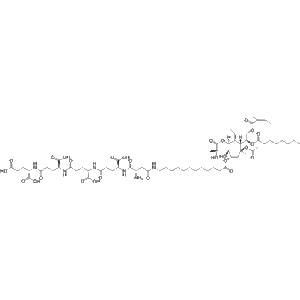
Side Effects (For Research Reference)
In research models, Mipsagargin exhibits unique side effect profiles due to its mechanism:
Selective Toxicity: Unlike conventional chemotherapy, systemic toxicity is minimized due to peptide masking.
Potential Off-Target Activity: Residual activity may occur in tissues with low-level PSMA expression.
Calcium Homeostasis Disruption: Activation leads to ER stress and cell death, which, while desirable in tumor cells, may affect non-target cells if specificity is incomplete.
Model Observations: In preclinical studies, hepatotoxicity, fatigue-like behavior, and transient vascular effects have been noted.
Importance for Research
Understanding the side effect spectrum of Mipsagargin is crucial for translational research. Side effect profiles guide dosing strategies, toxicity monitoring, and the design of safer analogs.
Guidance
All information is for research purposes only. Mipsagargin is not approved for therapeutic or clinical use. Proper laboratory safety and CMGP (Customized Manufacturing Good Practice) handling standards are required.
Disclaimer
For research use only. Not for human or veterinary use. Handle under appropriate laboratory safety and CMGP standards.
Keywords
Mipsagargin G-202, CAS 1245732-48-2, Thapsigargin proagent, PSMA-targeted prodrug, SERCA inhibitor oncology research, tumor-selective cytotoxicity, precision cancer research compound, apoptosis via calcium signaling.CGMP peptide supply.
Additional information
| Weight | 0.8 kg |
|---|---|
| Dimensions | 53 × 63 × 53 cm |
1. What is Mipsagargin?
Mipsagargin (G-202) is a thapsigargin-based proagent selectively activated by PSMA cleavage, studied for solid tumor research.
2. How does Mipsagargin work?
It remains inert until cleaved by PSMA, after which it inhibits the SERCA pump and induces apoptosis in tumor cells.
3. What is the role of PSMA in Mipsagargin’s activation?
PSMA acts as the enzymatic trigger that unmasks the cytotoxic thapsigargin analog.
4. Can Mipsagargin be used in clinical treatment?
No. It is for laboratory research only, not for therapeutic use.
5. What tumor types are relevant for Mipsagargin research?
Prostate cancer, kidney cancer, bladder cancer, brain tumors, and other solid tumors expressing PSMA.
6. Why is Mipsagargin considered innovative?
It combines tumor-targeting with a potent natural cytotoxin, exemplifying precision prodrug design.
7. How should Mipsagargin be stored?
At -20°C, protected from light and moisture.
8. What is the mechanism of cytotoxicity?
It disrupts ER calcium homeostasis by inhibiting SERCA pumps, leading to apoptosis.
9. What are potential research combinations?
It may be explored in synergy with chemotherapy, immunotherapy, or anti-angiogenic agents.
10. Is there a difference between salt and free forms of Mipsagargin?
Both show comparable biological activity, but the salt form may offer improved solubility and stability.

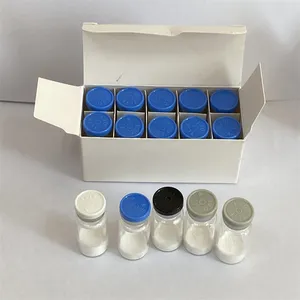 Semaglutide finished product (lyophilized powder) wholesale Supplier
Semaglutide finished product (lyophilized powder) wholesale Supplier 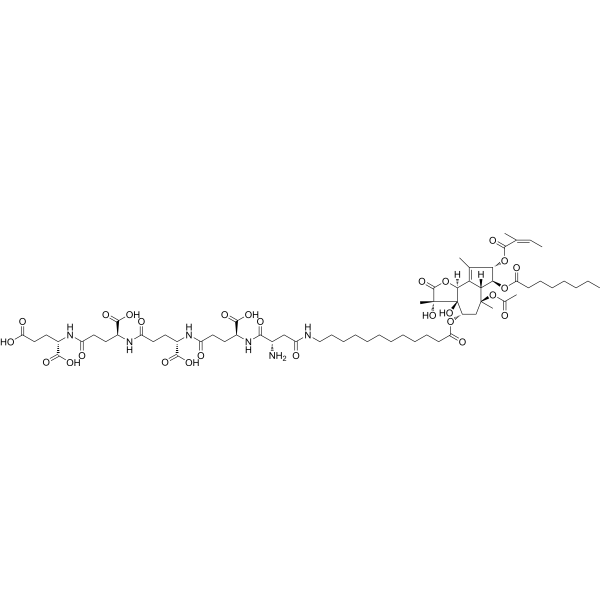
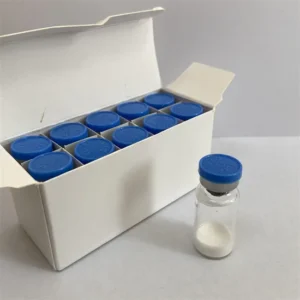
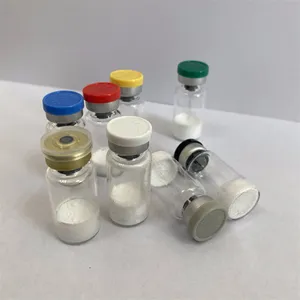
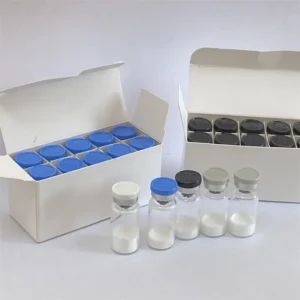
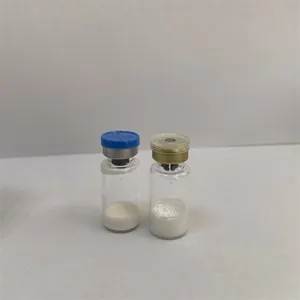
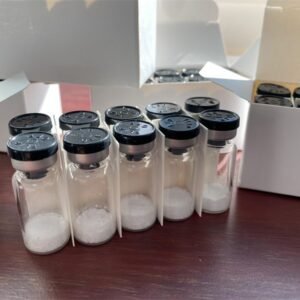
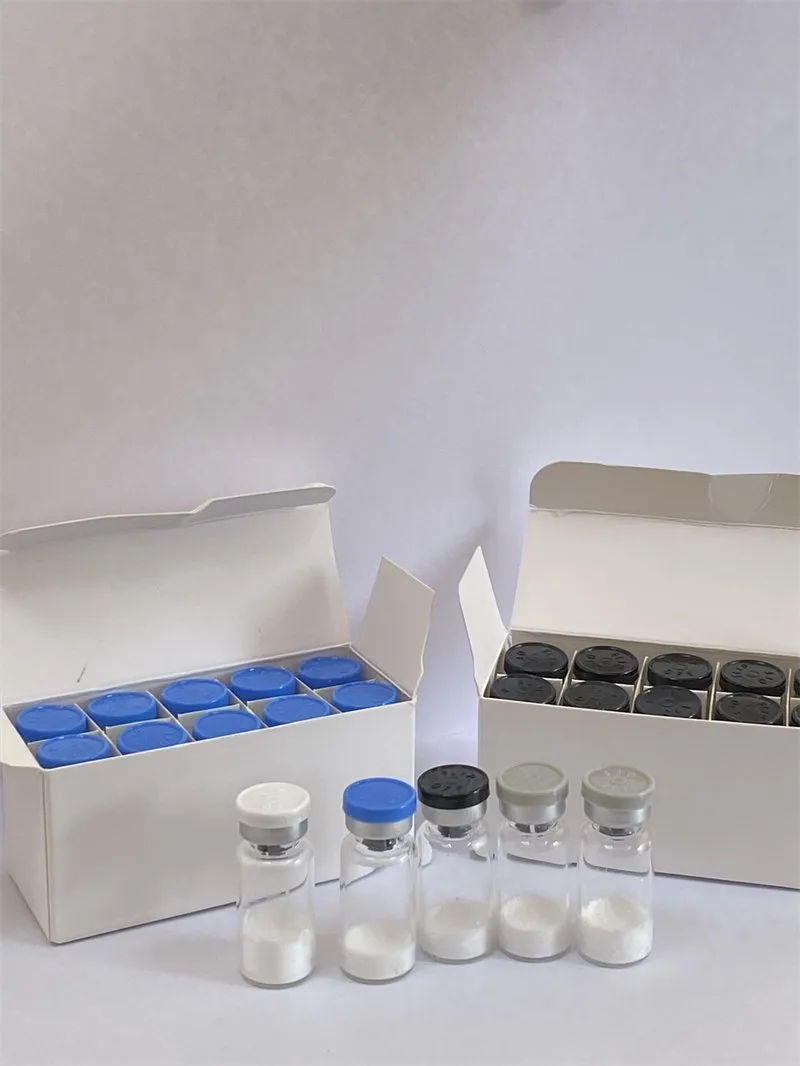


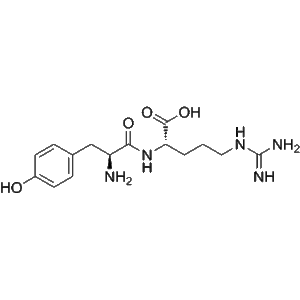
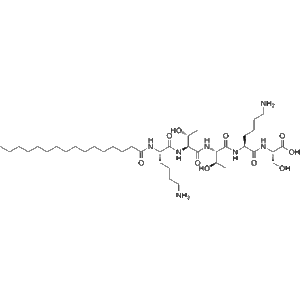
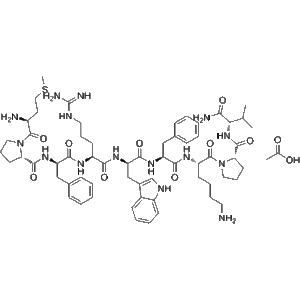
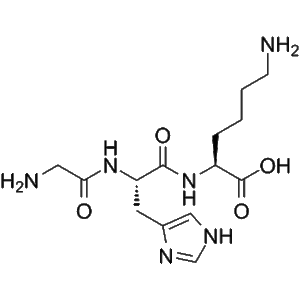
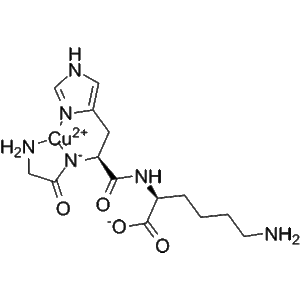
Reviews
There are no reviews yet.